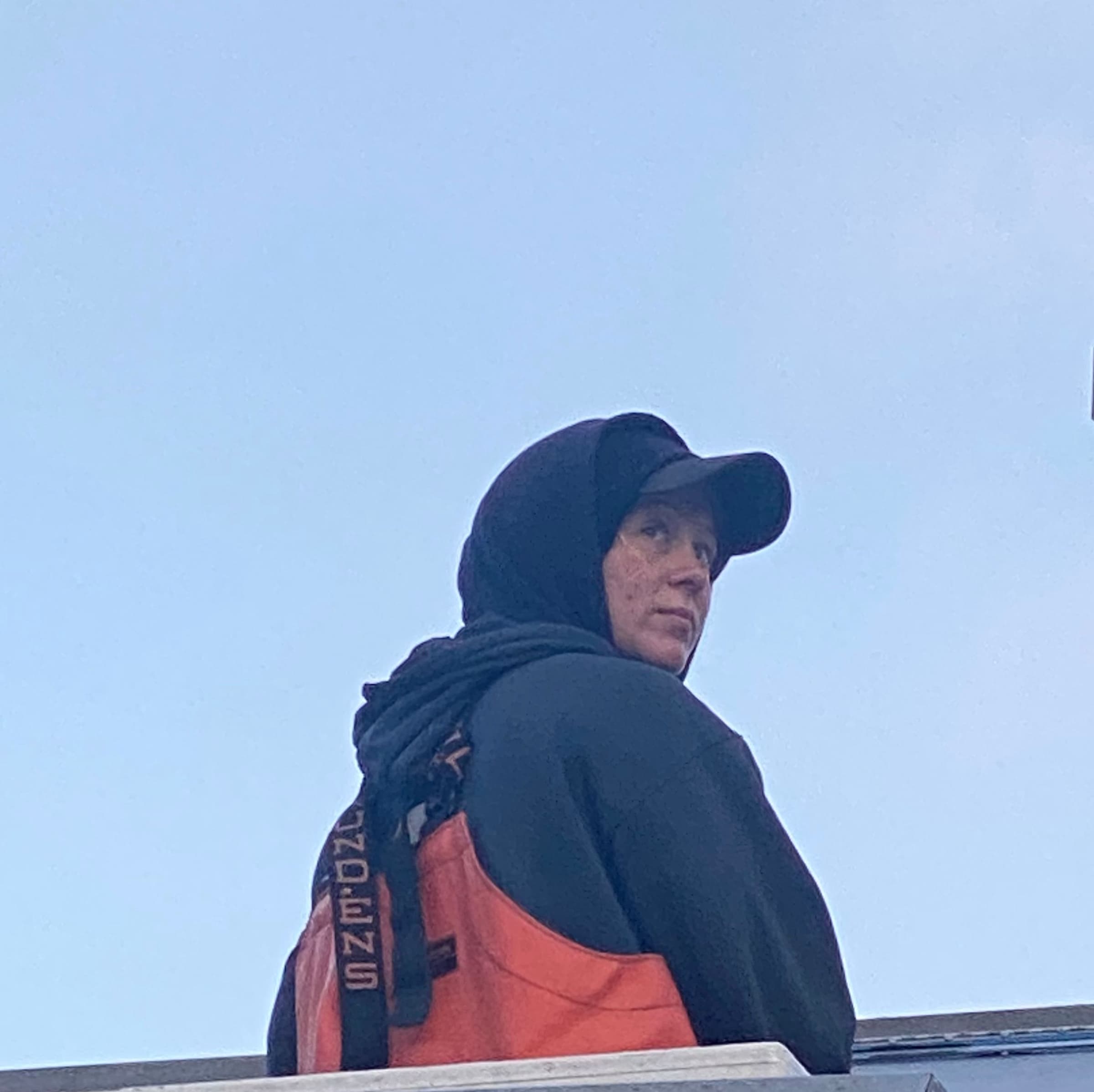What is the “Graying of the Fleet"?
Similar to the trend of the aging American farmer, the average age of a state commercial fishing permit holder today is around 50 years old — up from 40 in 1980 according to a recent study from the University of Alaska Fairbanks (UAF). The same study reports that financial inaccessibility along with a range of other structural and social barriers has culminated in a 30% loss of local permit holders in rural Alaskan communities. This demographic phenomenon is one of the most pressing concerns for the future of Alaska’s fishing industry today and is colloquially referred to as the “graying of the fleet.”
Many of the financial and structural barriers identified in the UAF study can be traced, according to the research team led by Professor Courtney Carothers, to the privatization of Alaska’s fisheries. Privatization began about 50 years ago when Alaska’s salmon fisheries became “limited entry.” Prior to this time Alaska’s fisheries were “open,” which is to say that anyone with a boat and the skill to make it catch fish could try their luck at being a fisherman. Legislation in the early 1970’s changed that by implementing a system of permits. Longtime fishermen were grandfathered in while future generations would have to purchase their permit to catch salmon in Alaska.
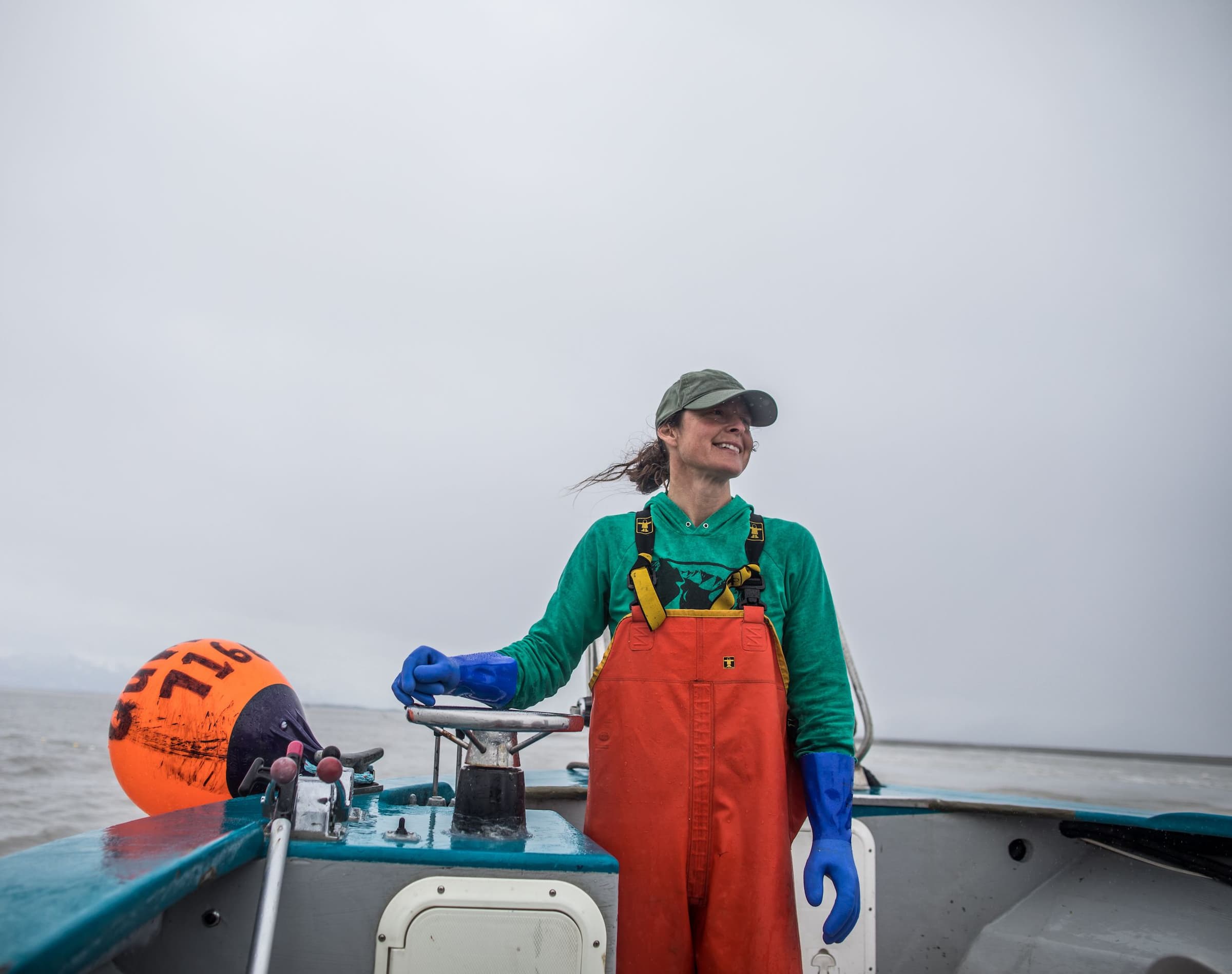
The right to federal fisheries, such as halibut and sablefish, similarly became a private commodity that could be bought and sold twenty years later when they created the individual fishing quota (IFQ) system in the 1990s. Both changes allowed the fisheries to be more closely regulated for economic and environmental sustainability, but created a system that the study’s authors point to as the source of current issues in the industry, including consolidation of fishing fleets, concentration of wealth, absentee ownership, and rural-to-urban migration of fishing rights.
Many young, local fishermen who want to work in fishing wind up operating other people’s boats and fishing other people’s permits — sometimes called leasing — without a navigable path to becoming an independent boat owner-operator. This means that young fishermen continue to surrender a large slice of their profits to established, and increasingly non-local, permit holders. What’s more, leasing prevents them from building equity in the fishery, and thereby bars them from building the long-term financial stability necessary to live in Alaska and raise the next generation of fishermen — two things that are essential for working coastal communities to thrive for years to come.
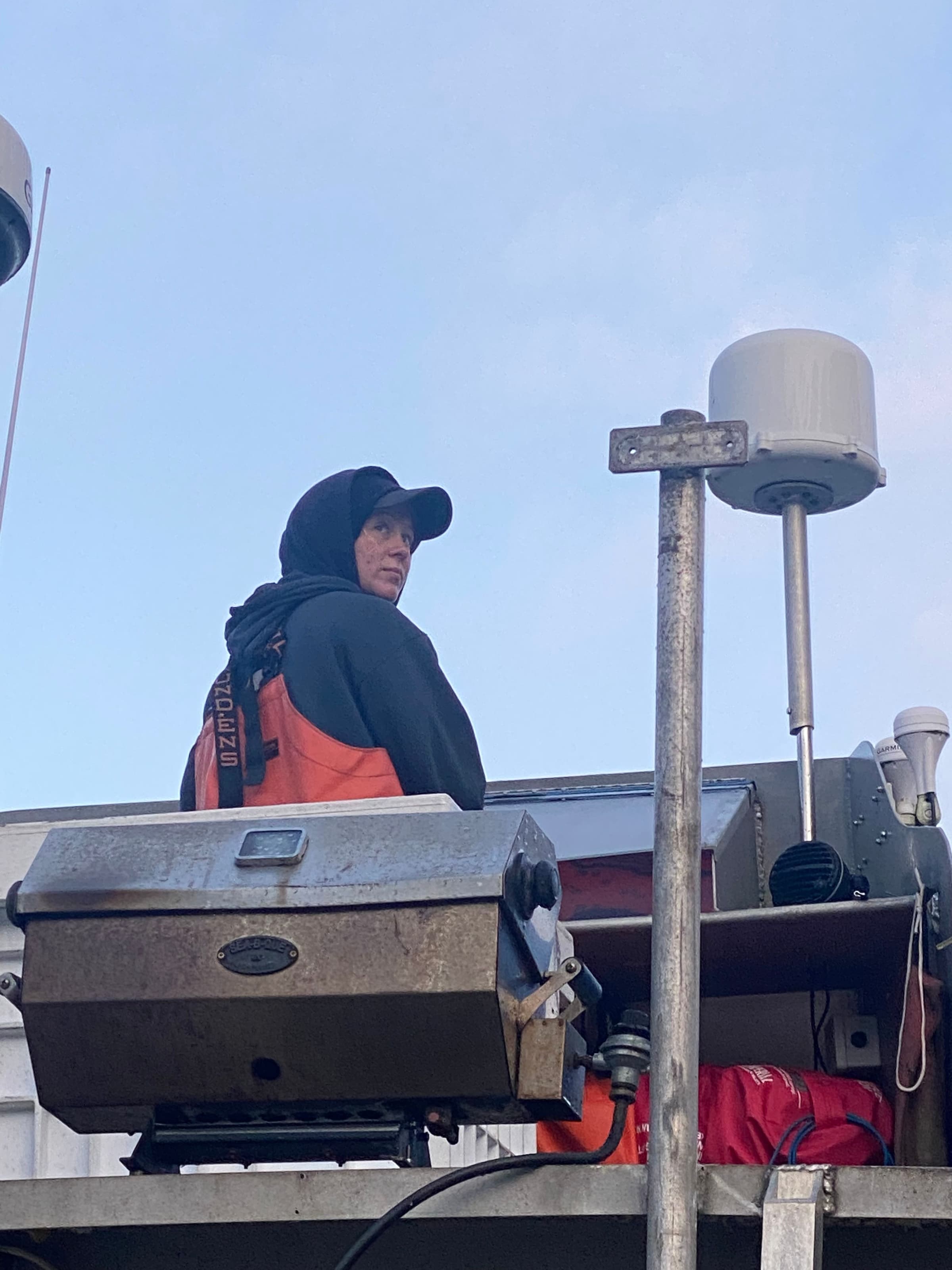
Charting a Choice
I called a friend, Rosie Palof, to see how she’s balancing these factors when determining if she wants to continue working as a captain for hire, or commit to buying and running her own boat.
Rosie got started fishing back in highschool working as crew for a family friend during the summer to pay for college. She liked the work, and by the time she graduated from Pacific Lutheran University, she was offered jobs to work as a teacher, or to captain her family friend’s boat which she’d been crewing for six seasons. She chose to become a boat captain at age 23. Fishing as crew can be high-paying seasonal work that allows for a large amount of freedom — freedom that felt important during her early and mid-twenties, but a lot has changed since she became a captain:
“Fishing has gone from just how I'm going to pay for college into a big part of my identity and how I support myself.”
Today Rosie has nearly 10 seasons under her belt, is a respected skipper in Sitka’s fishing fleet, and she’s dedicated to creating opportunities for other young fishermen that want to learn the ropes (or lines, rather). The last two years Rosie has hired and fished almost exclusively with a female crew. Although, as a skipper, she’s had both men and women deckhands and puts a strong emphasis on merit-based hiring, she admits: “I do have a little bit of a soft spot for females that show potential because I want to give them the opportunity, kind of knowing that they might not get it somewhere else. Even though that's changing and it's getting a lot better just in the 10 years I’ve fished.”
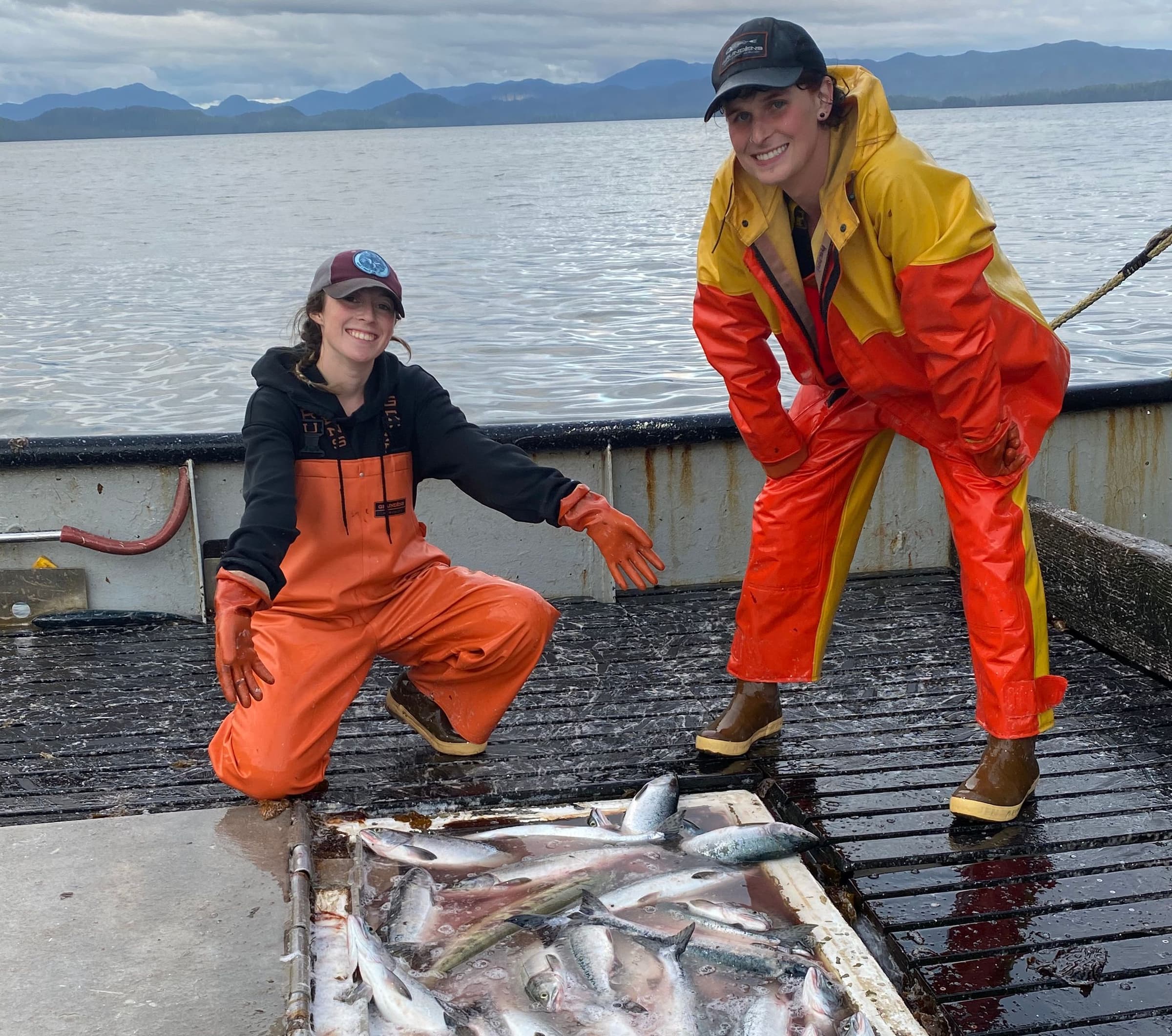
Looking ahead, Rosie tells me that eventually she does want to own her own operation. When I ask her why she doesn’t continue operating without buying in, she says that captaining a boat she doesn’t own has some pretty stressful constraints. Namely, she lacks complete autonomy making decisions.
“It's not easy,” says Rosie, “there's so much that's left up to chance … fishing is inherently a lot of gambling.”
But the weight of making the right bets weighs on her differently when she’s running a boat for someone else. “I want to do right by them and take care of their investment, but fishing is also about a certain degree of risk,” she says, explaining that when it doesn't feel like her own risk to take, it changes how she makes decisions.
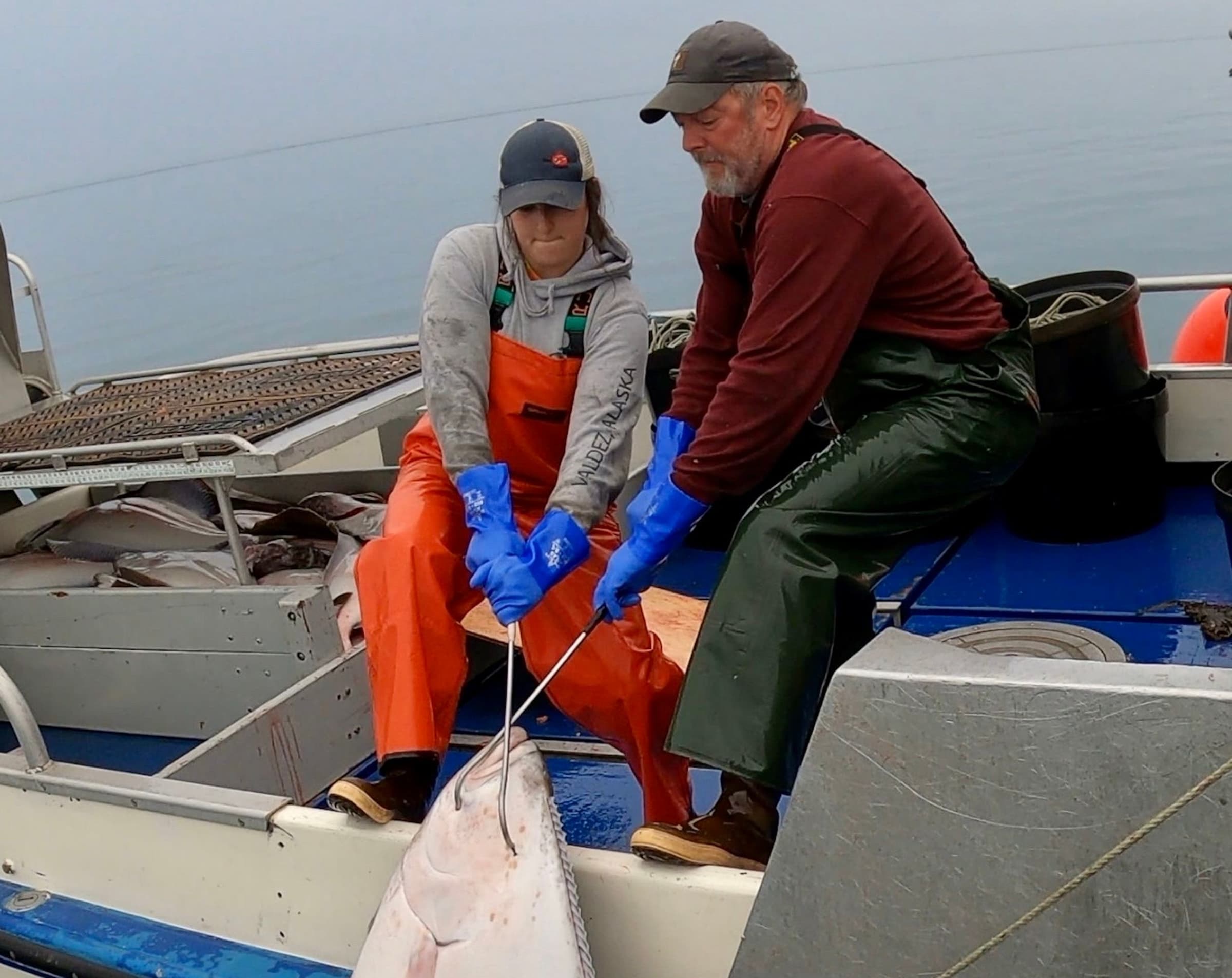
On the flip side, if she were to pursue owning the operation, it would be a huge financial investment and ultimately, a bigger risk for her. The cost of a fishing vessel, permit, and quota have risen over the years making this investment intimidating, at best. The Alaska Longline Fishermen’s Association describes the situation as “equivalent to buying a starter hotel, instead of a starter house as a first step in home-ownership.”
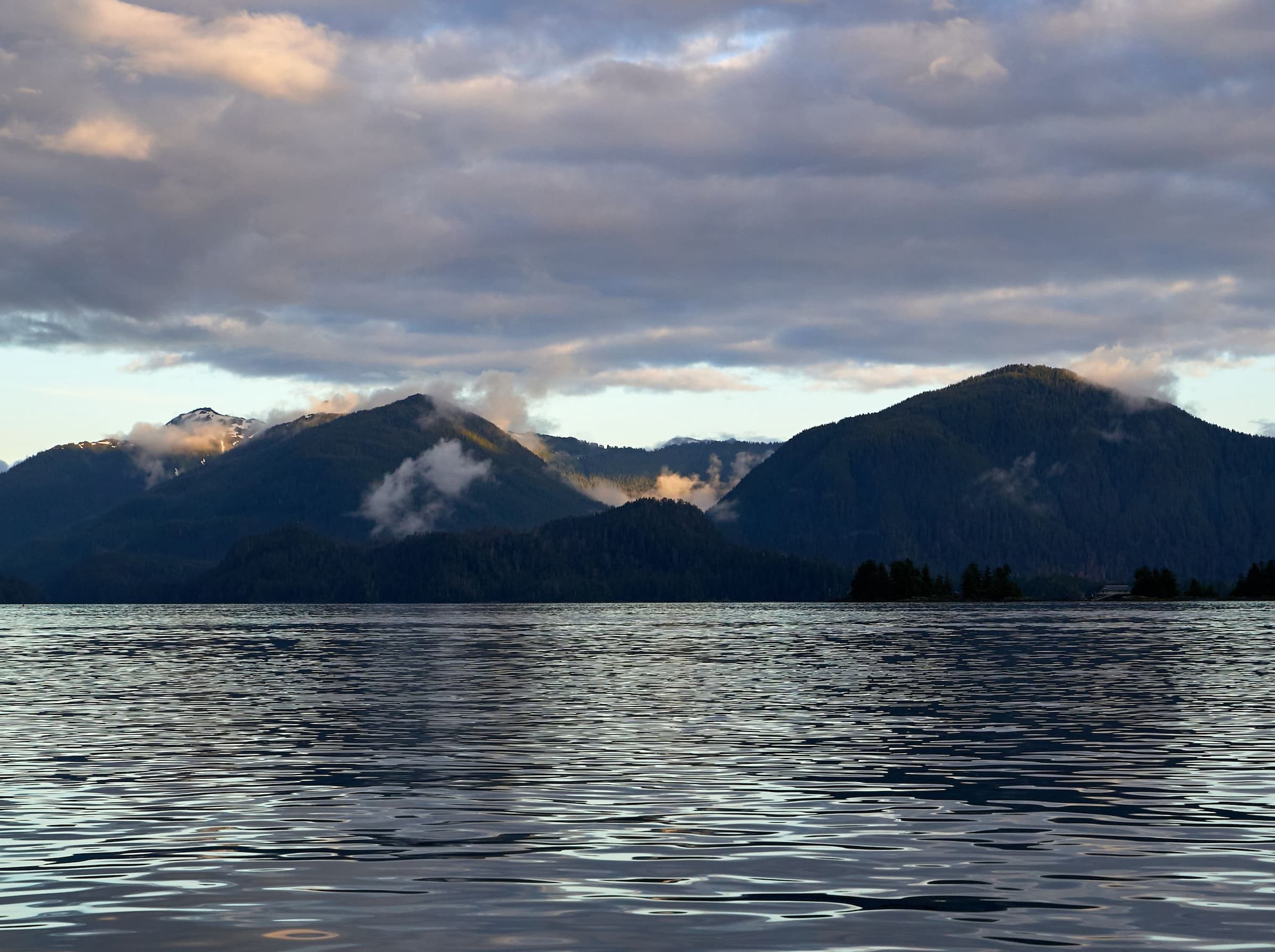
Sea Change
Additionally, all this risk and complexity is only compounded by the changing climate (as it seems with all things, no?). When I ask Rosie if climate change weighs into her decision making she responds pragmatically:
“We're in partnership with the environment and if it's changing, it's going to change what we're doing.”
It’s the job of a captain to observe closely, see patterns, and adapt in order to catch fish. That means that Rosie is always puzzling about whether something she’s noticing in the environment is just a fluke, part of a cycle, or part of something bigger that will impact the fishery for decades to come.
Adapting quickly to changes in the ocean when they arrive (and they invariably do) often demands that fishermen chase fish further — requiring more time and money — or shift to different fisheries entirely. The additional finances required to be nimble and span these ebbs and flows from year to year can weigh heavily on young fishermen when simply financing a boat and buying permits and quota can be prohibitively expensive.
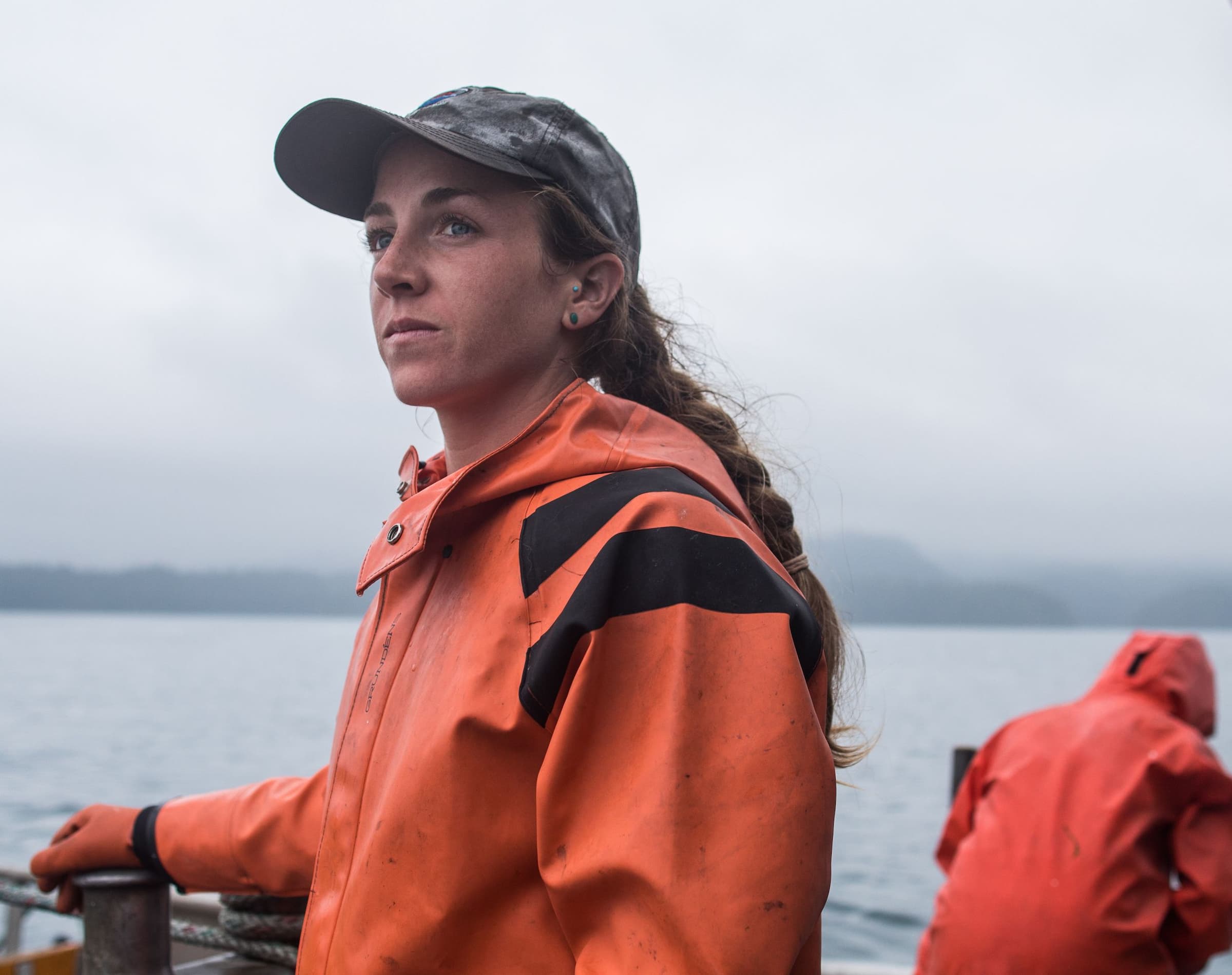
These challenges prompt Rosie to think about the future — both her own and her future family as she plans for her wedding next month. Ultimately, Rosie explains that owning a fishing operation is intimidating not only because it’s a huge financial investment, but simply because it’s a huge life commitment. In fact, Rosie describes running a fishing boat as a slightly irrational “bubble,” where everything else disappears and there’s only one focus: to catch fish. Rosie enjoys that intensity, saying that, “Being able to make it your everything for a couple of months is kind of freeing.” However, being able to make it your life is an increasingly difficult choice to make.
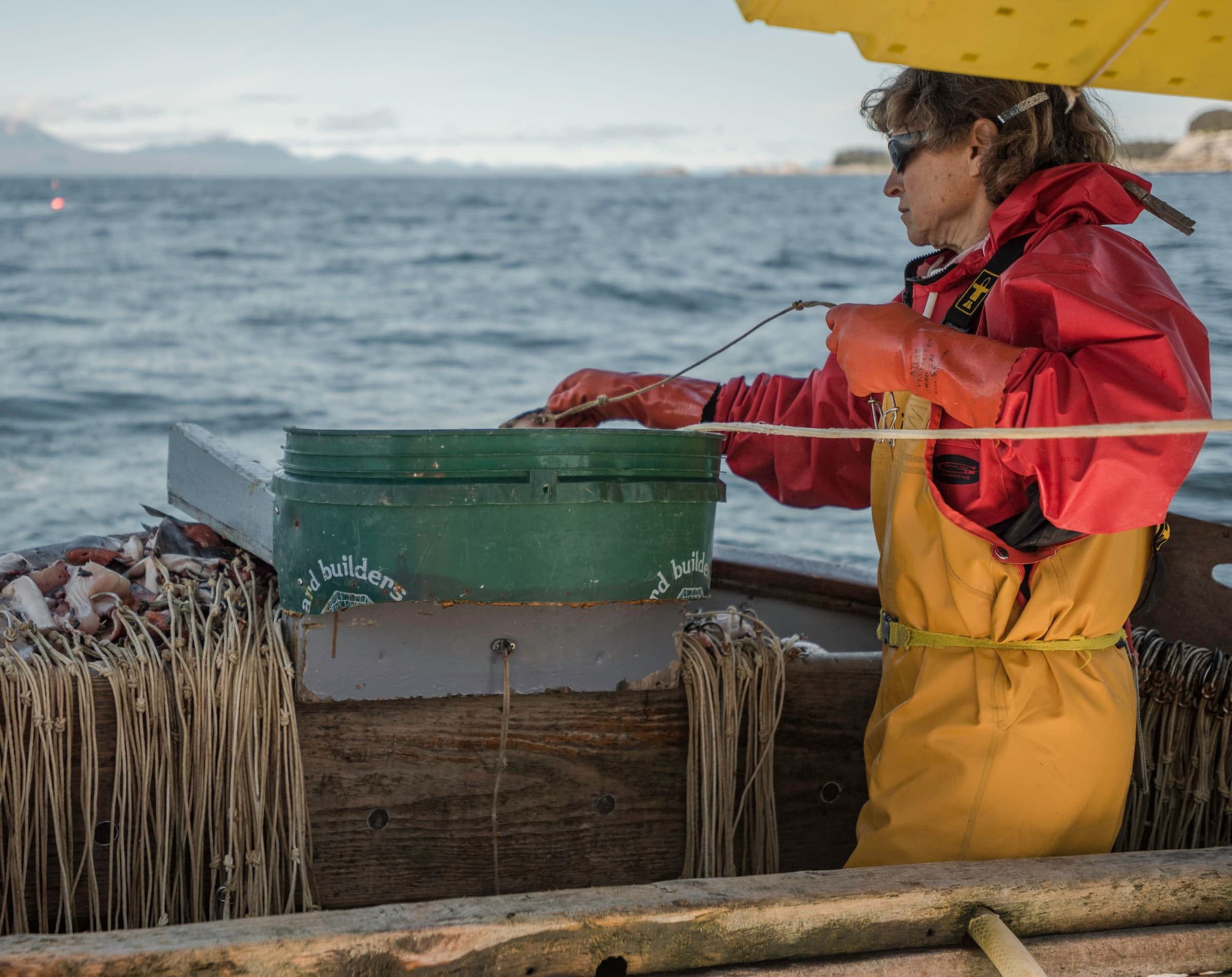
Course Correcting
Although there are many adventurous young folks in Alaska who are hard-working and enterprising, they’re struggling to weather the capricious seas of owning a small business with significant overhead. “Keeping your overhead low allows you flexibility to be profitable in both the good and the bad years. Engines break and fish runs fail, so having adequate cash reserves and insurance can make the difference between a successful year and a catastrophic one,” says one seasoned fisherman in a PSA series put out by the Alaska’s Next Generation of Fishermen project.
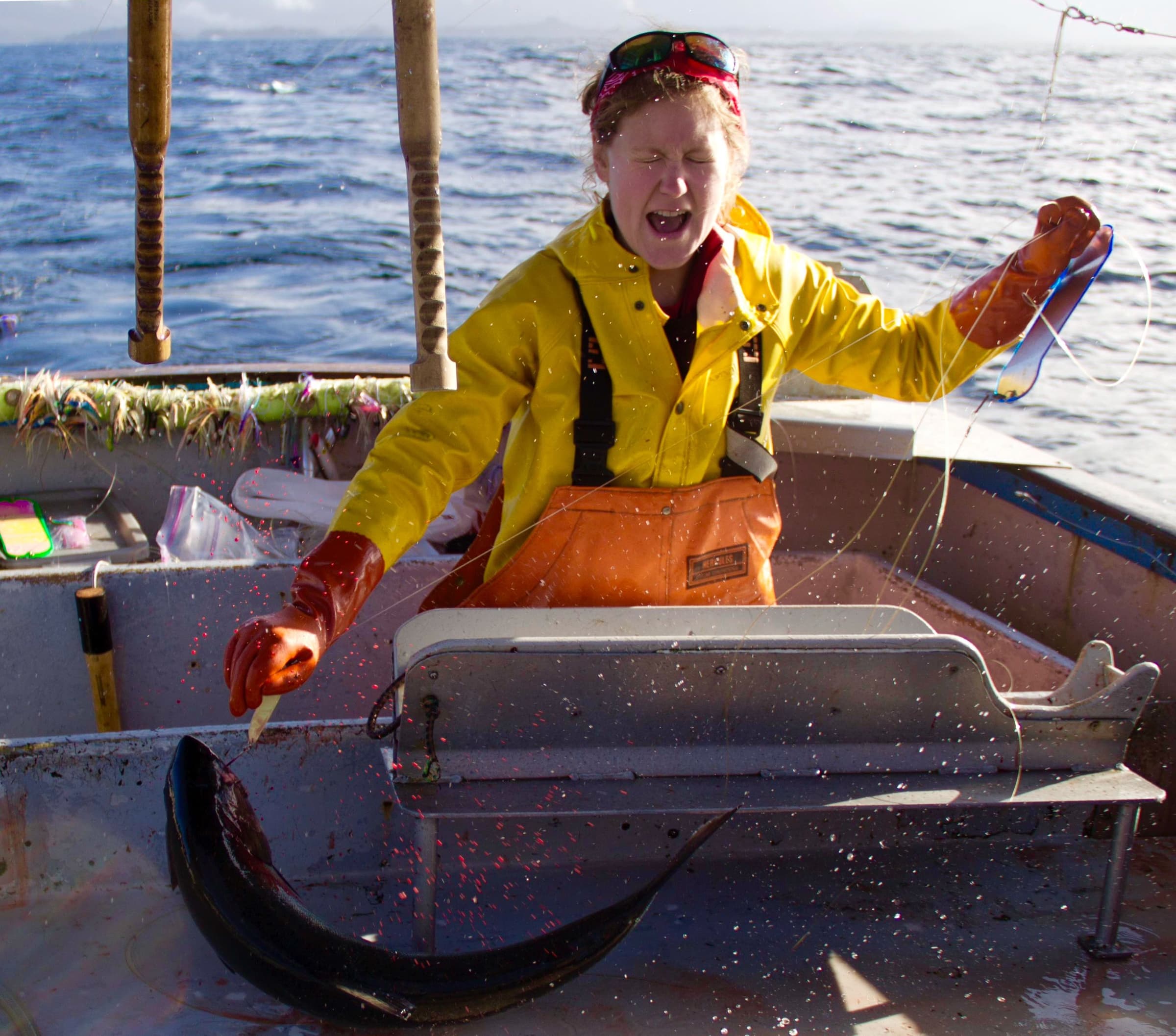
Whether it’s sharing advice or working on new legislation, Alaskans are jumping in to find solutions for supporting young fishermen in pursuing a lifelong livelihood in the industry.
Alaska Longline Fishermen’s Association, which Sitka Seafood Market supports through its 1% For the Wild program, is leading the country in finding solutions to get young fishermen started through their Young Fishermen’s Initiative.
The message of the program is clear: if we want fishermen to support our coastal economies by working in sustainable fisheries like trolling and longlining, then we need to support them first. This comes in the form of mentorship, training, and financial resources. ALFA’s work has helped raise awareness at the national level, with the recent Young Fishermen’s Development Act receiving bipartisan support as it was signed into law.
Source: Environment Magazine_The Graying of the Alaskan Fishing Fleet_CarothersDonkersloot.pdf
